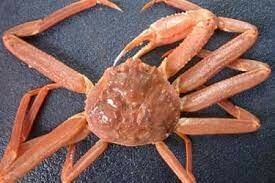In 1982 a Chinese aquaculture scientist named Fusui Zhang journeyed to Martha’s Vineyard in search of scallops. The New England bay scallop had recently been domesticated, and Dr. Zhang thought the Vineyard-grown shellfish might do well in China. After a visit to Lagoon Pond in Tisbury, he boxed up 120 scallops and spirited them away to his lab in Qingdao. During the journey 94 died. But 26 thrived. Thanks to them, today China now grows millions of dollars of New England bay scallops, a significant portion of which are exported back to the United States.
As go scallops, so goes the nation. According to the National Marine Fisheries Service, even though the United States controls more ocean than any other country, 86 percent of the seafood we consume is imported.
But it’s much fishier than that: While a majority of the seafood Americans eat is foreign, a third of what Americans catch is sold to foreigners.
The seafood industry, it turns out, is a great example of the swaps, delete-and-replace maneuvers and other mechanisms that define so much of the outsourced American economy; you can find similar, seemingly inefficient phenomena in everything from textiles to technology. The difference with seafood, though, is that we’re talking about the destruction and outsourcing of the very ecological infrastructure that underpins the health of our coasts. Let’s walk through these illogical arrangements, course by course.
Read the full story at the New York Times>>






